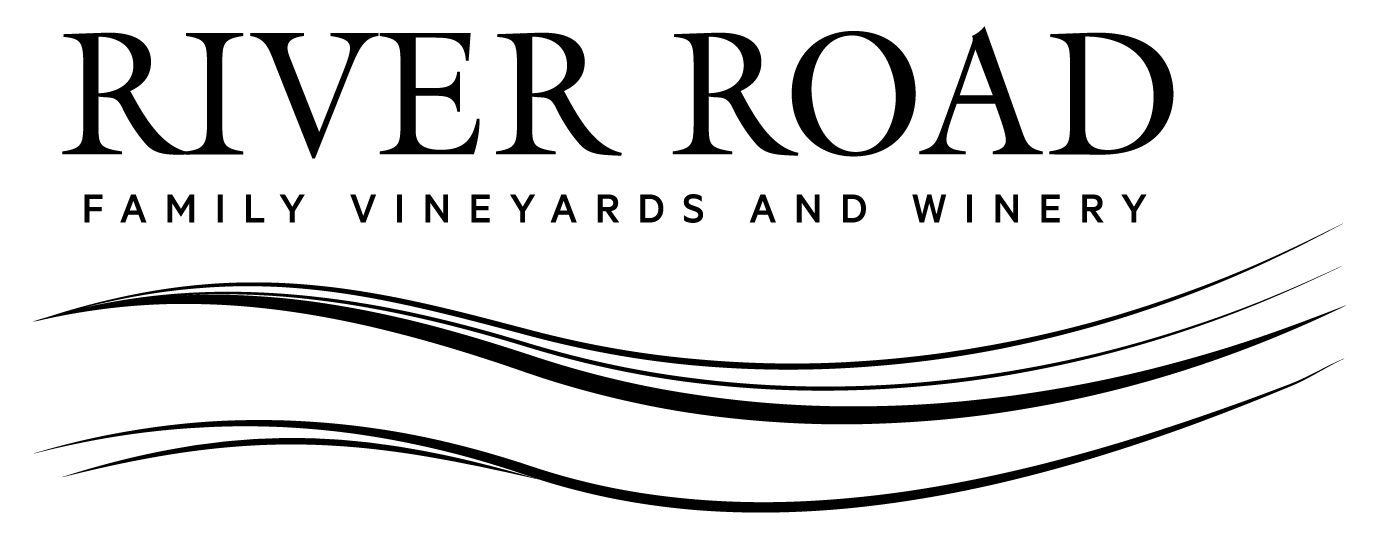UPDATE – THE VINTAGE COMES INTO FOCUS
As I’ve mentioned in earlier Winemaking Notes, the period around bloom of the grapevines is critical for establishing the fruitfulness of each vine for that year. This year, we had some light rain at the beginning of bloom, and unseasonably warm days near the later stages. Either one of these weather events can contribute to poor fertilization. Yet, even with those challenges, our fruit “set” (successful pollination of the berries) was very good, and subsequent growth has been rapid. Very few uneven clusters can be found in our estate vineyard. (No “Hens and Chicks” type clusters, as seen in the second photo from an earlier vintage.


Over the next two months, these berries will continue to grow rapidly, before changing to a deep purple color. By late August, they will have become incredibly flavorful, sweet Pinot Noir grapes. But we’re not in a hurry to taste them now, as they are hard and contain high levels of acidity and bitter tannins. This is the grapes’ way of deterring birds and other animals (including us humans!) from eating them and destroying the immature seeds.

WINE GLASSES FOR TASTING AND IMPACT OF “PROPER” STEMWARE
An important role for me as a winemaker is as an observer, identifying characteristics of our grapevines, as well as the wines we produce, during their entire progression from grapes to well-aged bottles. Wine never stops evolving and changing, and can present very different characteristics during its lifetime. This makes it a very intriguing and engaging beverage!
As a wine drinker, you too can observe wine’s shape-shifting ways, by varying the conditions under which it is tasted. One important factor is the actual glass in which the wine is served and tasted. We use a single, standardized glass in our lab, which allows us to compare wines from different vintages or vineyards while eliminating the glass as a variable. However, in the winery tasting room, we may present a flight of wines in several different shapes and sizes of glasses. Why is this, and does it make a difference?
The answer is a definitive “Yes”!
The array of options is fairly mind-boggling, with specific stemware available to match almost every style of wine in the world. These have been highly refined over the past several decades, and really do highlight the unique character of different wine varieties and regions. Several years ago, we were re-ordering our tasting room glassware, and were offered a demonstration by a representative for Riedel, a well-known manufacturer from Austria. The results were dramatic, with varietally-specific glasses presenting each of our wines in their best light.
If you have a few different wine glasses in your house, you can prepare a similar trial. By pouring a single wine into several different glasses, you’ll be able to see the differences that the glass can make in the aromas, textures, acidity, and finish of a wine.

Here is a comparative tasting I set up recently to illustrate this concept. I poured an equal amount of our 2018 Russian River Chardonnay into four different glasses, shown in the photo.
The glasses, from left to right, are;
- Oaked Chardonnay Glass
- Unoaked Chardonnay Glass
- ISO Standard Tasting Glass (Widely used for Sommelier training)
- Picnic Style Stemless Glass
The Russian River Chardonnay tasted great in every glass, but the sensory notes for each was dramatically different.
In the “Oaked Chardonnay” glass, the wine presented the most complexity, with a round and full bodied texture. Barrel fermentation characteristics of toast, ginger, and light butter were immediately evident, along with Meyer lemon and lime fruit aromas.
The “Unoaked Chardonnay” glass promoted freshness, with bright acidity and clean aromas of pear and golden delicious apple. It took several minutes of swirling, to aerate the wine, before the wine began to showcase toffee and spice aromas from the wine’s barrel fermentation.
The ISO tasting glass showcased floral notes, sweet fruit aromas and toasted coconut. It had an overall character similar to the Unoaked Chardonnay glass, which made sense considering their similar shape and smaller size.
Finally, the stemless glass was a bit shy compared to the others, with a more simple set of characteristics showing. It was still quite fresh and enjoyable, but the aromas were less distinct. I’d certainly recommend keeping this style of glass for the backyard, and pulling out a quality stemmed glass when you really want to experience the beauty of wine!
On behalf of the entire team at Ron Rubin Winery, we wish you all continued good health!
Be Well!




